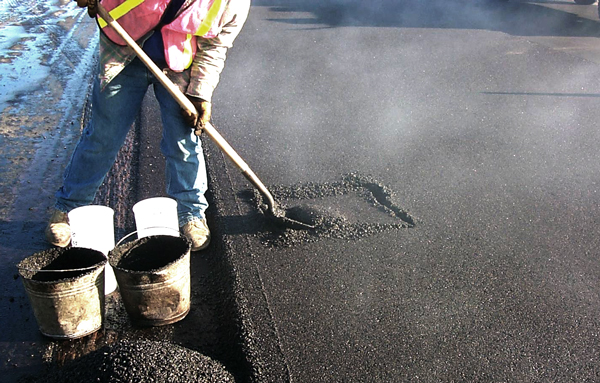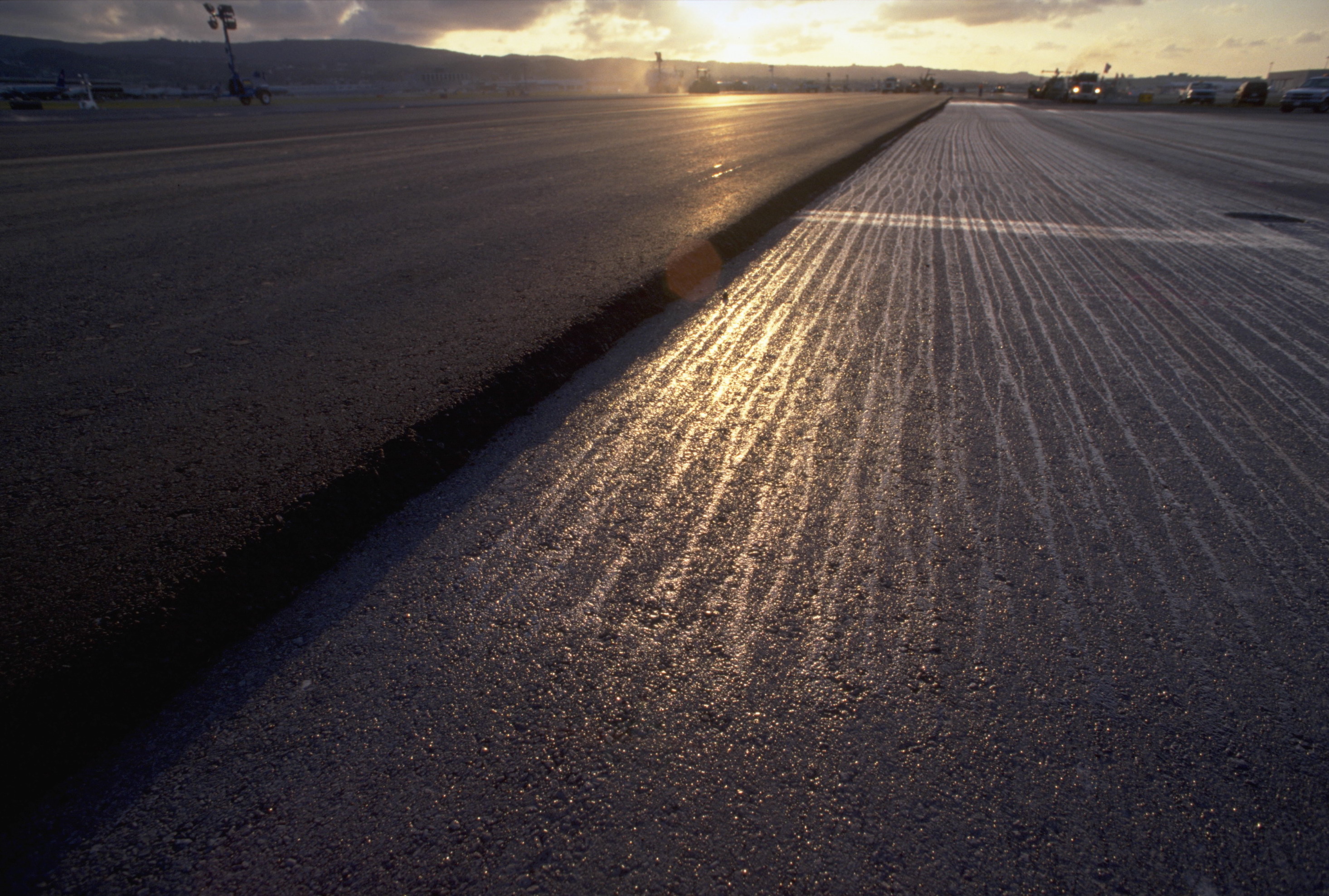Experience the Difference: Hot Mix Asphalt Paving for Regrading Projects
Unlocking the Tricks of Warm Mix Asphalt Technology
Exploring the depths of warm mix asphalt modern technology discovers a globe where precise processes and specific solutions assemble to form our roadways and facilities. The combination of accumulations, fillers, and binders isn't just a construction job however a critical orchestration of sturdiness and efficiency.
Relevance of Hot Mix Asphalt
Warm Mix Asphalt plays a critical role in modern-day framework growth due to its durability and cost-effectiveness. As the most commonly utilized paving product for roadways, highways, and car parking whole lots, Warm Mix Asphalt offers a range of benefits that contribute to its importance in building tasks.
The durability of Hot Mix Asphalt stems from its make-up, which consists of accumulations, binder, and filler materials that are carefully selected and blended to meet details efficiency requirements. In general, the importance of Hot Mix Asphalt in facilities growth can not be underrated, as it proceeds to be a foundation of contemporary building methods.
Parts of Asphalt Mixes
The make-up of asphalt mixes consists of carefully picked accumulations, binder, and filler materials that are vital for accomplishing certain performance demands. Accumulations are the key part of asphalt blends, supplying strength and stability. The binder, normally asphalt or asphalt concrete, holds the accumulations together and offers flexibility and sturdiness to the mix.
The combination and percentage of these components play a considerable role in identifying the quality and efficiency of the asphalt mix. Designers thoroughly design the mix to satisfy specific demands, considering elements like web traffic quantity, climate conditions, and sidewalk life expectancy. Proper option and harmonizing of accumulations, binder, and fillers are important for producing sturdy, long-lasting asphalt sidewalks.
Mixing and Production Methods

When the aggregates are picked, the binder, frequently asphalt cement, is added to bind the materials with each other. The binder's top quality and quantity significantly impact the mix's resistance, adaptability, and strength to ecological factors. In addition, fillers like hydrated lime or Portland concrete may be included to enhance particular qualities of the asphalt mix, such as its workability or dampness resistance.
Throughout manufacturing, the accumulations and binder are heated up, typically in between 250-325 ° F(121-163 ° C ), to promote mixing and make sure correct finishing of the aggregates. The mixing process has to be detailed to accomplish an uniform mixture that advertises the preferred performance features of the asphalt. Various strategies, such as set mixing or drum mixing, are utilized to attain constant and top quality asphalt mixes for construction tasks.
Variables Affecting Asphalt Performance
Aspects affecting asphalt performance include a range of variables that affect the toughness, long life, and total quality of asphalt pavements. One crucial aspect is the high quality of materials used in the asphalt mix. The kind and source of accumulations, the binder high quality, and the additives all play a considerable function in establishing the performance of the asphalt sidewalk. The gradation of aggregates is critical as it impacts the mix's security, resistance, and workability to cracking and rutting.

Ecological problems likewise influence asphalt efficiency. Temperature level variations, dampness infiltration, and web traffic loads can all influence the architectural stability of the sidewalk. Style factors to consider, such as pavement density and drainage, are vital in making sure the long-term performance of the asphalt pavement. By very carefully thinking about these elements, specialists and engineers can enhance asphalt performance and improve the life span of sidewalks.
Lasting Practices in Asphalt Modern Technology

WMA enables for the manufacturing and placement Clicking Here of asphalt blends at reduced temperatures contrasted to conventional hot-mix asphalt, resulting in decreased power usage find more information and greenhouse gas discharges. The usage of permeable asphalt mixes can help mitigate stormwater overflow concerns by permitting water to penetrate with the pavement and right into the ground, promoting all-natural water filtration and recharge procedures.
Final Thought
Finally, warm mix asphalt technology plays a critical duty in modern facilities advancement due to its toughness and cost-effectiveness. By carefully balancing elements, using proper blending strategies, and considering numerous aspects, engineers can develop high-grade asphalt blends that endure rush hour loads and rough climate conditions. Welcoming sustainable techniques, such as making use of warm-mix technologies and recycled products, even more enhances the ecological kindness of asphalt innovation.
Blending and manufacturing methods in hot mix asphalt modern technology involve the specific mix and handling of aggregates, binder, and fillers to produce a sturdy and high-performance asphalt mix.Variables influencing asphalt efficiency include a range of variables that impact the toughness, durability, and total top quality of asphalt pavements. Lasting techniques in asphalt innovation encompass numerous campaigns intended at reducing the environmental influence of asphalt production and paving processes. By integrating recovered asphalt pavement (RAP) and recycled asphalt tiles (RAS) into new asphalt blends, the market can substantially lower the usage of raw products and energy, while additionally lowering garbage dump waste.
WMA enables for the production and placement of asphalt mixes at reduced temperature levels compared to standard hot-mix asphalt, resulting in lowered power usage and greenhouse gas emissions.